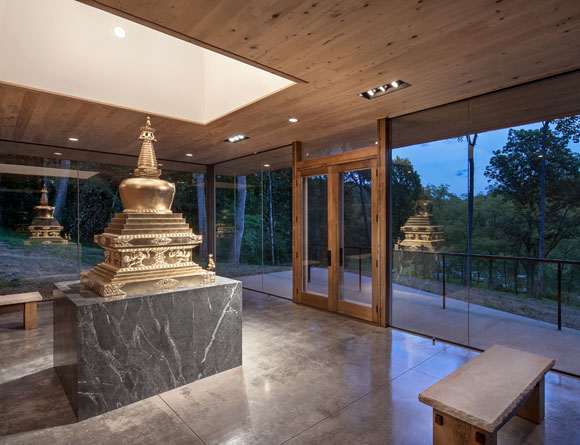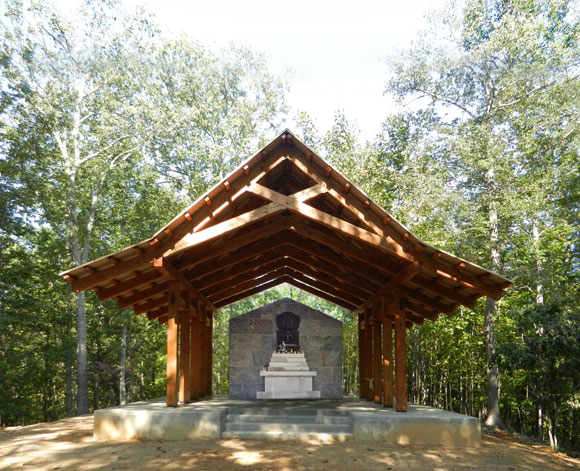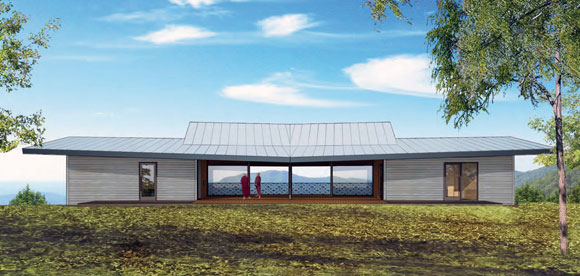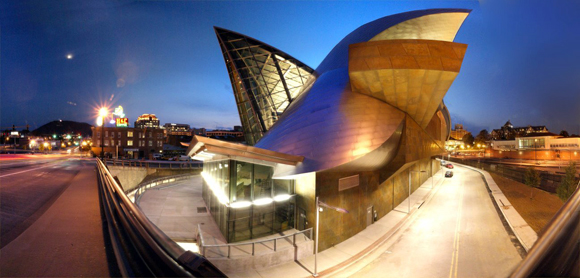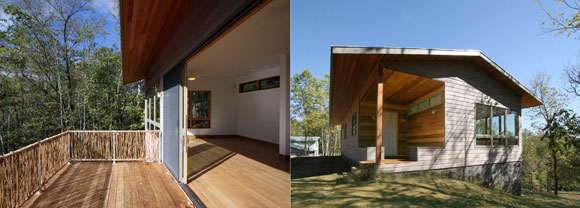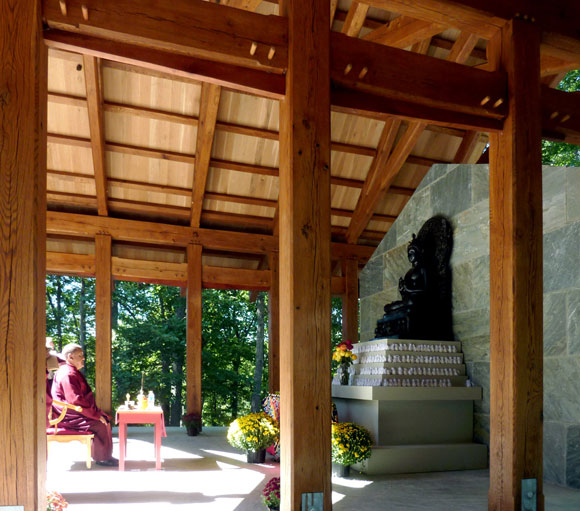FENG SHUI AND CRYSTALS: THE ART OF INTENTION
14th Shamarpa Reliquary Building, Natural Bridge, Virginia, by Poon Design (photo by Mark Ballogg)
Feng Shui: Some call it philosophy. Some call it art or science. And some call it superstition.
Crystals: Similar thing. Like horoscopes and fortune telling, some call the supposed energy from a rock either science or fantasy.
Architecturally, Feng Shui is often referred to as the art of placement. And the use of crystals, gemstones and geodes in architectural design can contribute in various ways to the experience of a room. For both Feng Shui and crystals, I call it the art of intention.
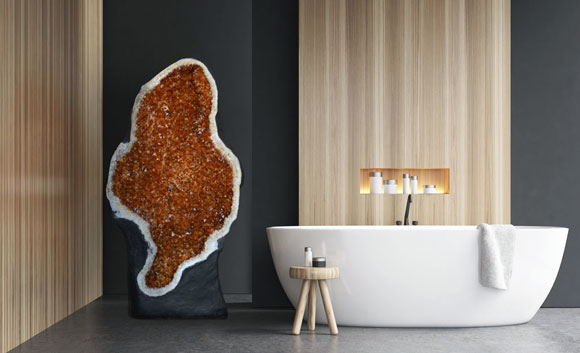
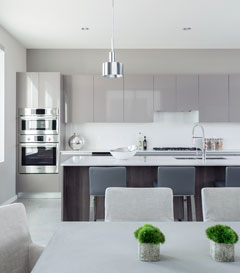
A Chinese philosophy dating back to 4000 BC, Feng Shui explores an enigmatic life force called Chi, and how it can bring harmony to one’s existence. With harmony and balance, one is then supported to achieve all that one wishes for, from love to wealth, from fame to health. (Yes, in Star Wars, Chi is simply called “The Force.”)
Though the study of Feng Shui includes numerology, symbolism, and blessing ceremonies—just to name a few—most people know primarily of Feng Shui’s influence on the physical world, mostly interior design. Through the careful placement of furniture, curated pieces of décor, or the arrangement of walls, doors, windows and mirrors—the Chi can flourish, and in turn, dissipate negative energy.
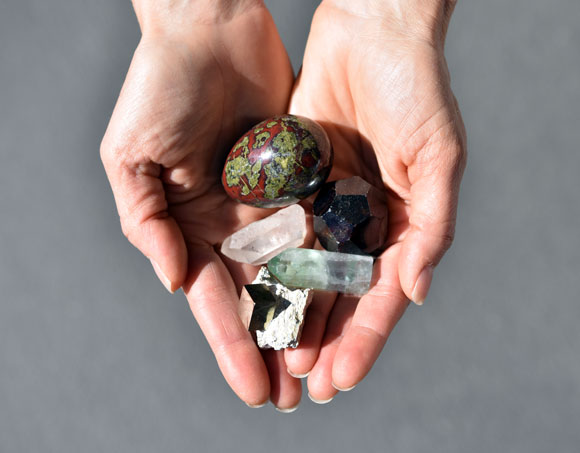
In similar ways, some believe that certain types of colorful crystals deliver attributes that will benefit your existence. For example, Amethyst provides relaxation, whereas Aventurine offers confidence. Citrine clears negative energy, and Rose Quartz delivers love—perhaps. Clients of architecture purchase crystals of all sizes, from preciously tiny gems that gently rests in one’s palm, to a feature stone gracing an office lobby.
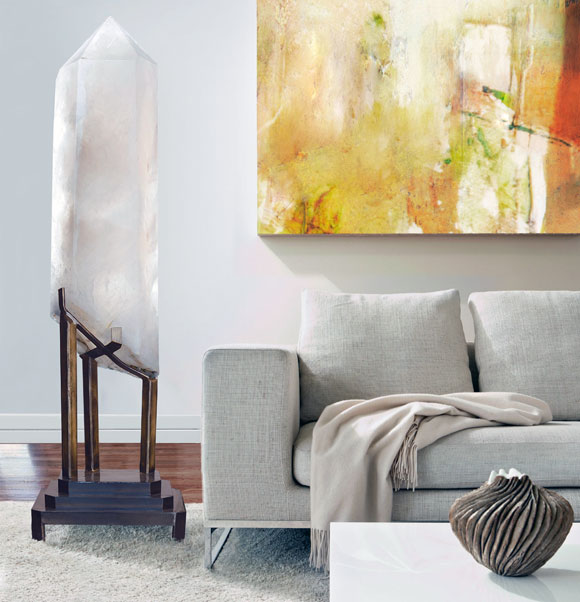
Akin to the long history of Feng Shui, stories of crystals date back to the Ancient Egyptians and Greeks. Feng Shui and crystals have much in common in the form of healing. Through a Feng Shui reading of a house, I found problem areas, such as an incorrectly located back door that will drain the Chi from an important corner of the home: the marriage area. The Chinese philosophy then offers “cures” for the compromised architectural design, such as suspending a crystal in the troubled area, which will bring positive energy. Feng Shui goes further: The length of the string that suspends needs to be in a multiple of five or nine, as in 5, 10 or 18 inches. Lucky numbers.
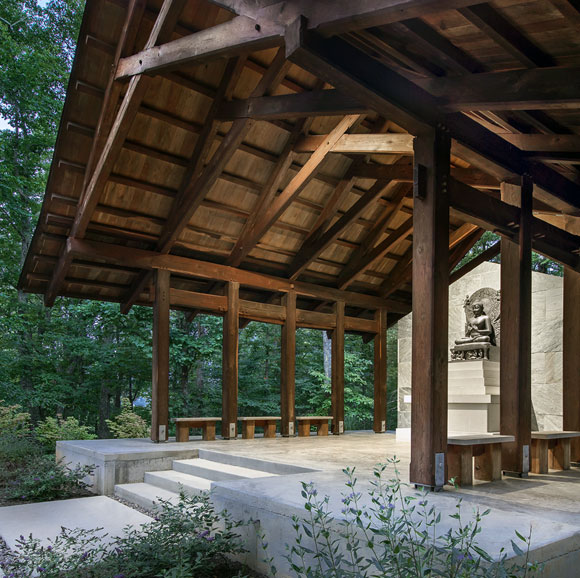
As a certified Feng Shui professional and a member of the International Feng Shui Guild, I do realize how skeptics would say all this is hocus-pocus, an absurd set of rules and beliefs. Like with crystals, how Bloodstone will bring vitality, and Pyrite will result in wealth.
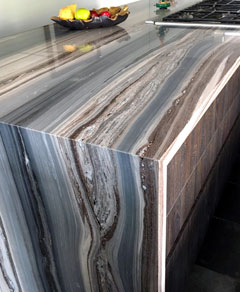
But if all this is nothing more than smoke and mirrors, nothing more than hippie astrology, why do so many people believe in such supernatural forces? And why does it actually seem to work?
It is simply because of one thing: intention. You could also call it faith. If we believe that a crystal or a wind chime will bring us prosperity, then perhaps the intention is enough. Is it so different than the baseball player who has his lucky glove? Or perhaps, a beautiful crystal glowing with rainbow beams of light simply makes us smile. And it is this smile that makes our day a good one.

